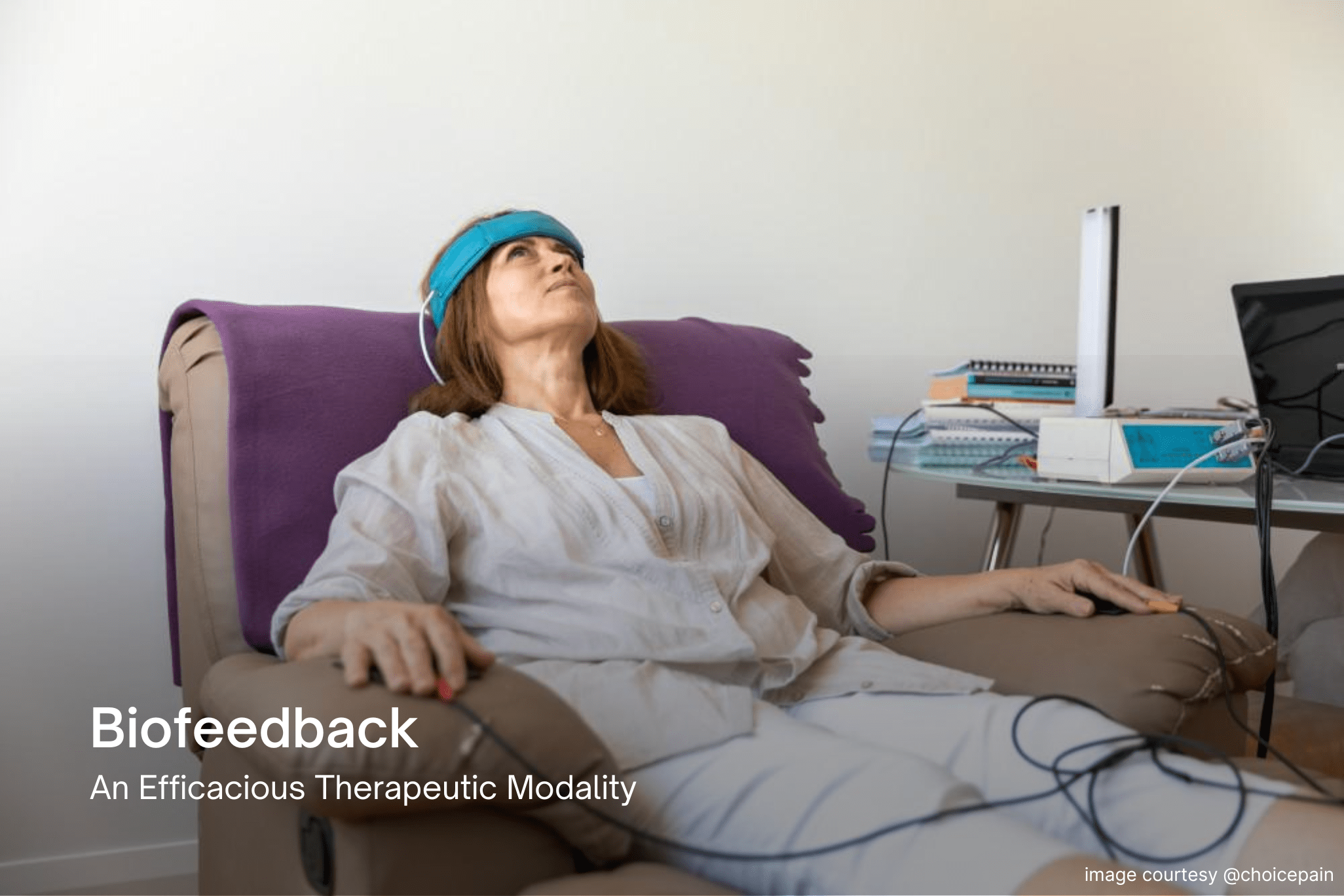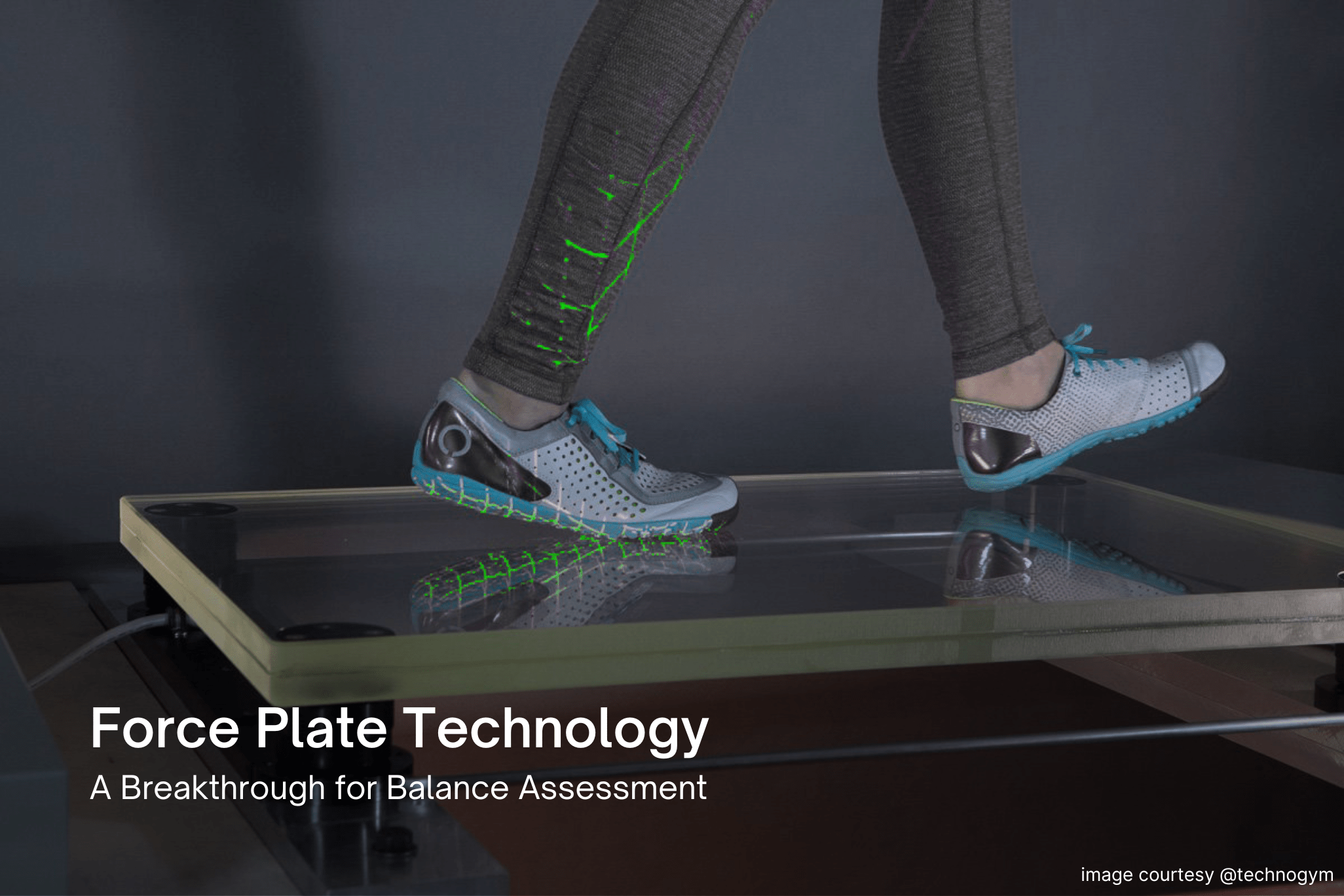From Science Fiction to Reality: How Robotics is Changing the Future of Physiotherapy
Physiotherapy is an ever-evolving profession, and with the advancements in technology, it’s taking a new direction. One of the newest and most exciting developments in physiotherapy is the use of robotics. The integration of robotics in physiotherapy is revolutionizing the way physical therapy is conducted, offering unparalleled precision, and significantly improving outcomes for patients. As the field of physiotherapy continues to grow, robotics is becoming an increasingly popular area of research, with new and innovative techniques emerging regularly. In this article, we’ll explore how robotics is changing the face …










